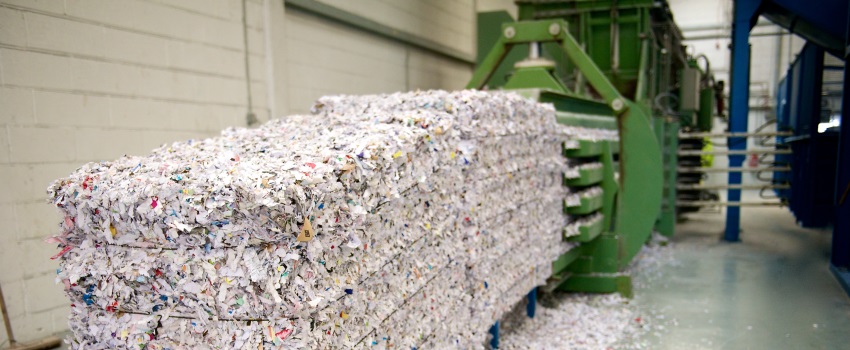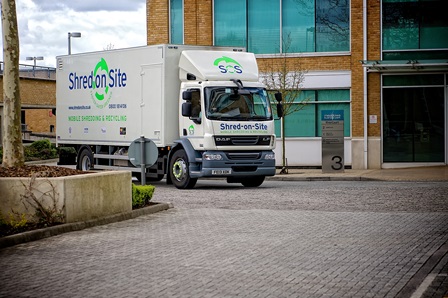How Carbon Footprints can be minimised by paper shredding
The goal of a 100% paperless office has yet to become a reality for many businesses - and is unlikely to be achieved in the near future. However, sustainability and reducing the impact that an organisation has on the environment remain key priorities. Not only is paper shredding vital to ensure regulatory compliance - and to protect your business from loss of sensitive data - but it could actually help to minimise its carbon footprint too.
Environmental goals are a top priority
The pandemic helped to shine a light on many challenging business practices that weren’t serving a more sustainable future - and gave the business community the option to start doing things differently. For example, globally there is currently more than 26 million tonnes of paper waste in landfills that could be shredded and recycled instead. During the pandemic we saw efforts increase to change things - recycling rates in Europe, for example, rose to almost 74%. For those organisations keen to do more to make less impact where carbon footprint is concerned, paper shredding can make a big difference.
How does shredding help to reduce carbon footprint?
- Reducing energy and water consumption. This makes the most impact in terms of minimising the need for new paper creation. Instead, shredded paper can be recycled into new paper products, using 70% less energy and water than what is required during the process of creating paper from trees.
- Preserving trees and forests. Every year we cut down up to 7 billion trees for their material, according to current estimates. The process of paper shredding provides a wealth of raw materials for paper products that means we don’t need to take so much from the natural environment to create what we need. Recycling a single tonne of paper will save 17 trees and more than three cubic yards of landfill space. It’s a no-brainer to opt to shred and recycle your paper waste when you look at it like that.
- Helping to minimise the release of greenhouse gasses. There are a number of key ways that you can help when it comes to greenhouse gasses and the shredding and recycling process. For example, the more trees we leave standing, the more CO2 is absorbed by these miracles of nature rather than ending up in our atmosphere. Plus, emissions can be reduced by minimising the number of trees we cut down (and the equipment and vehicles required for these) and reducing the use of paper mills.
- Shredding not landfill. On a global level, paper waste makes up a huge 26% of landfill and this is simply because that paper has not been recycled properly. The shredding process ensures that paper is properly disposed of and goes straight into the recycling chain, rather than contributing to the landfill problem.
If you’re keen to help your business reduce its carbon footprint, as well as ensuring it is compliant and properly protected, shredding is one of the simplest and most effective ways to make that happen.
Get in touch with us today to request a quote for all your shredding needs, whether that’s a one-off service or setting up a regular service. Why not try our online tool.







